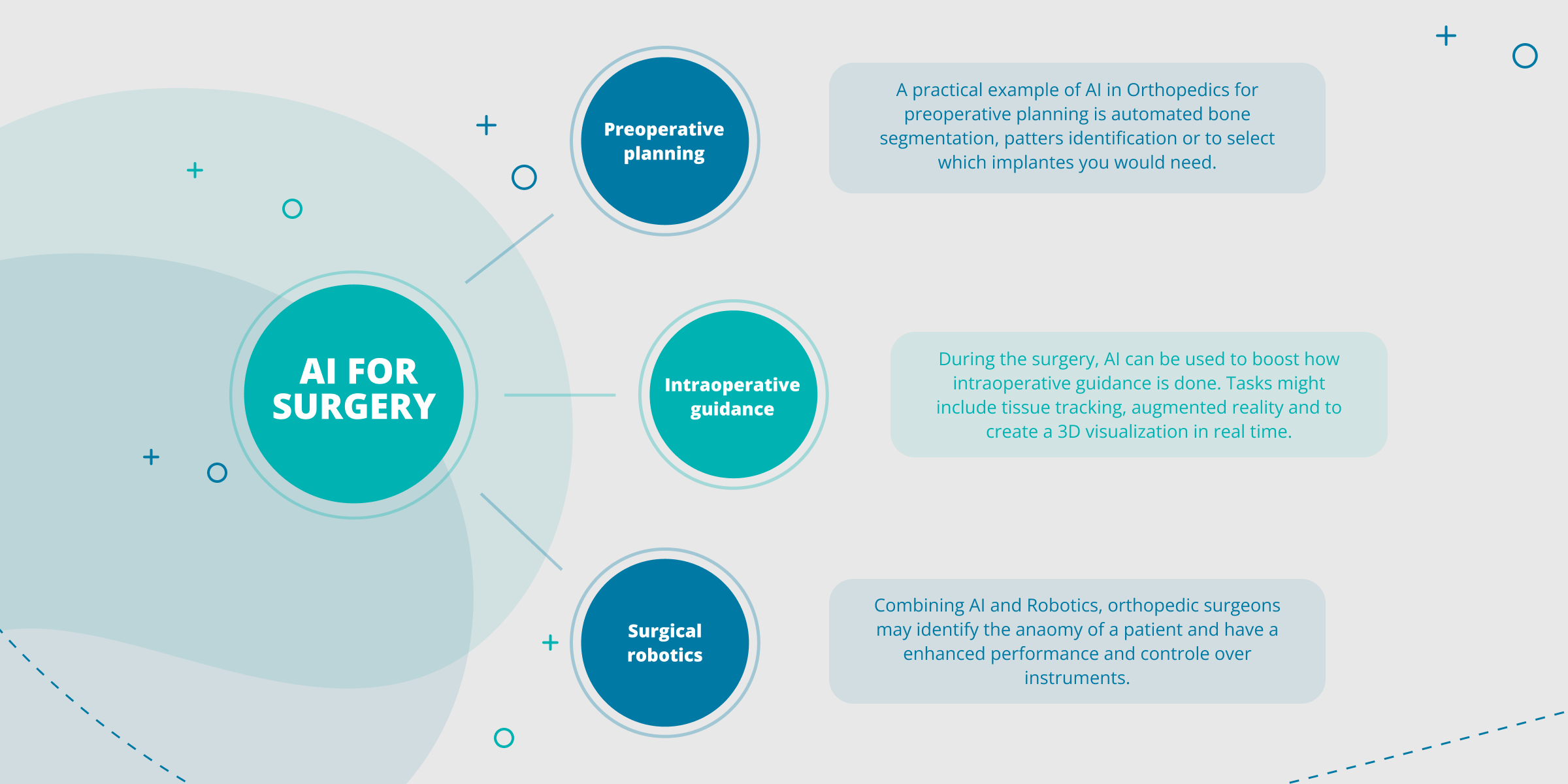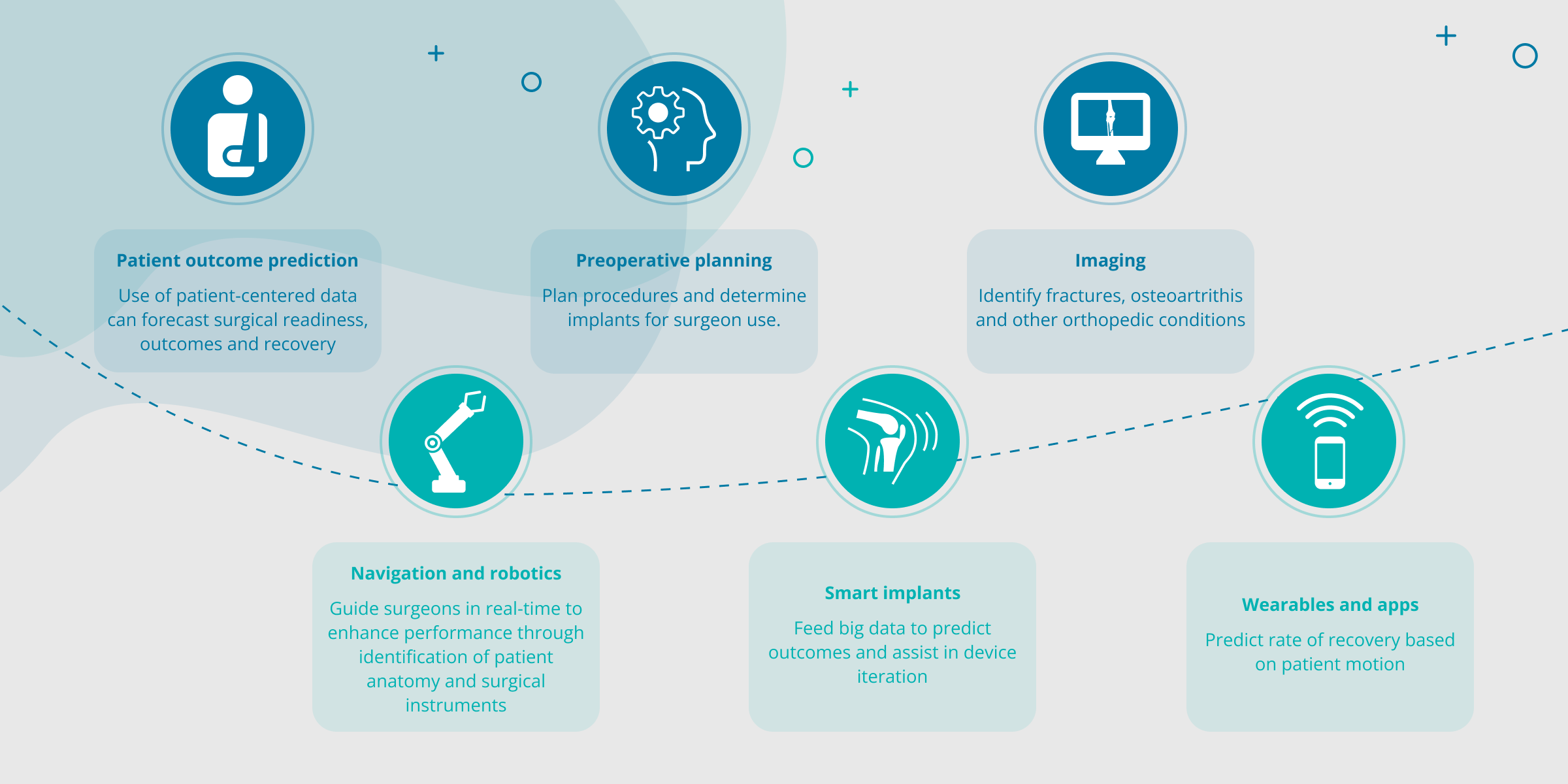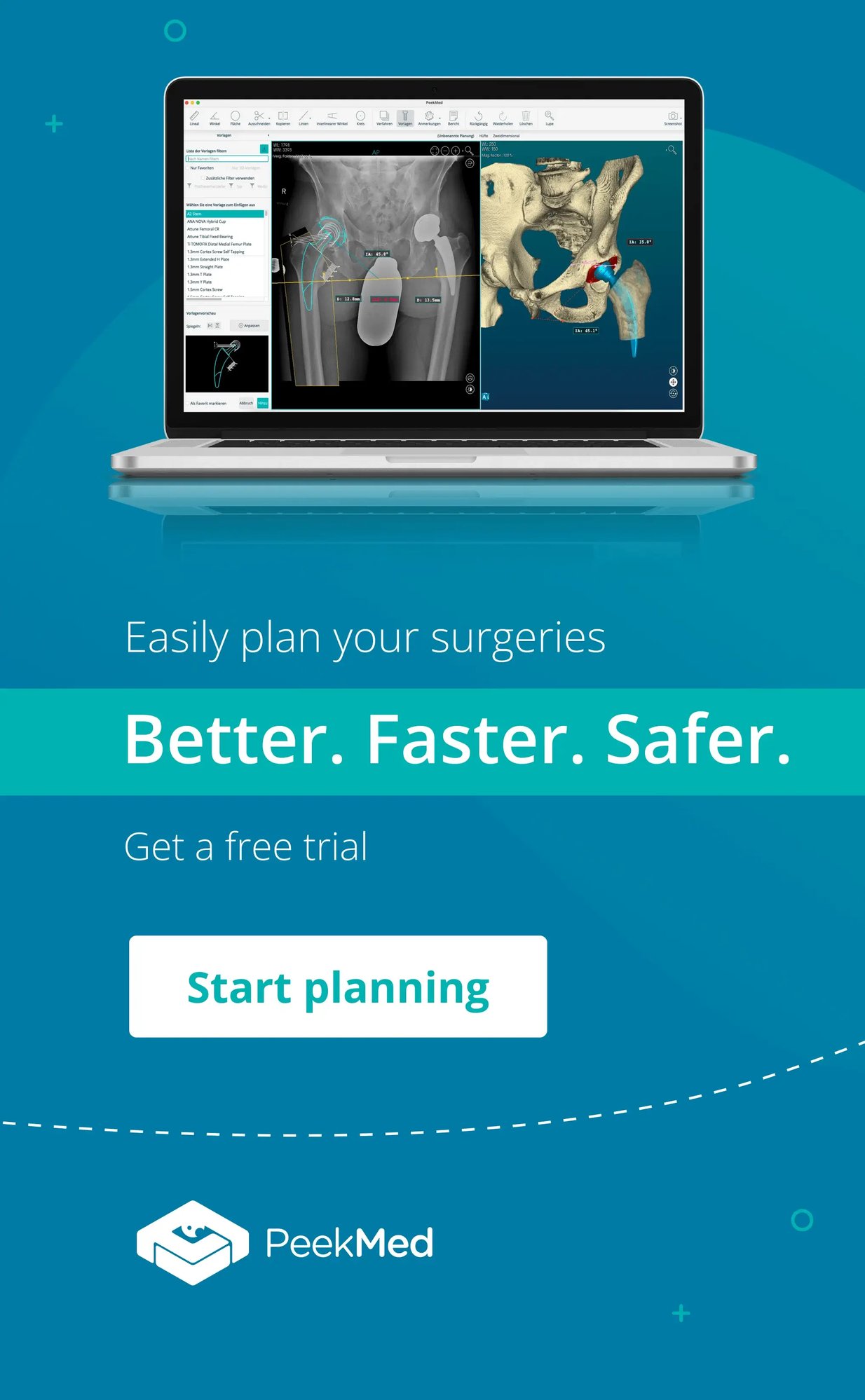PeekMed
Artificial Intelligence in surgery had a significant impact when it comes to helping surgeons perform their jobs.
However, while there are huge advantages regarding the benefits of artificial intelligence (AI) in surgery, doubts, and uncertainty are also quite common.
Suspicions go all the way from simple questions, such as “What are the benefits of AI technology in the surgical field” and “How is AI used in surgery” to more unrealistic expectations like “Can AI perform surgery?”
We believe this unknowledge is mainly related to the lack of time to research the topic and its relation in the healthcare industry.
To help with that issue, we’ve come up with this quick guide about the benefits of AI in surgery. Other than the typical surgical AI, we will explore topics such as machine learning in surgery, automation, learning algorithms, and other topics that relate to clinical practice.

What is Artificial Intelligence in Surgery?
The term Artificial Intelligence is often quite broad. Often you will, too, see it applied or related to topics such as AI Systems, and Machine Learning (ML) Models.
Before we begin it’s important to highlight that these are likely different parts of a whole. While not synonyms, often refer to the same thing.
To make it simple, the advantages of Artificial Intelligence are often related to how computers learn to use, analyze and establish correlations between large sets of data.
Hence, this technology is extremely useful to perform repetitive tasks.
An example of this automation in surgery would be how PeekMed learns from different orthopedic cases – comparing huge amounts of data – and automatically presents the surgeon with feedback regarding the best approach.
We’ve done a much bigger article regarding the uses of artificial intelligence in healthcare if you want to explore the topic further.
As previously stated, in this article we will focus on examples of how it is in used surgery and while the most common question is “can artificial intelligence perform surgery”, the answer is much more complex than that.
Application of Artificial Intelligence in Surgery
This might sound confusing at first, but an AI-assisted surgery might go beyond what happens inside the operating room. If at any step of a surgical procedure, AI is involved in orthopedic surgery it already falls under the category.
Overall AI in Surgery can be divided into three types:
- Preoperative Planning
- Intraoperative Guidance
- Surgical Robotics

Preoperative Planning
Preparing before even entering the OR is an excellent example of ai in surgery – orthopedics especially.
As we’ve pointed out earlier in this text, AI allows the surgeon to predict possible outputs of surgery, hence reducing costs and risks. This is possible thanks to how this technology takes further advantage of medical imaging.
A practical example of automation in orthopedic surgery would be bone segmentation. With a few clicks to access different data, such as angles.
Consequently, again, the use of automation in AI surgery is to go beyond what you see and learn from complex patterns in different cases. Studies show that by using this technology, precision is augmented on an unprecedented scale.
And these are only some of the advantages you can learn from AI in preoperative planning and orthopedics.
Intraoperative Guidance
Another use of AI Surgery is how it can be combined with robotic systems to promote minimally invasive surgeries.
Its main contribution is to provide enhanced visualization and location during orthopedic surgery. Recent applications of AI in Intraoperative guidance are divided into four topics:
- Shape Instantiation, which uses only a limited number of images, AI allows a 3D shape reconstruction of the surgical zone in real-time.
- Endoscopic Navigation, improving the navigation techniques to maneuver toward a target location.
- Tissue Tracking, assisting to differentiate organs from the background.
- Augmented Reality, which improves surgeons’ intraoperative vision to access the desired area – taking as base the preoperative image.
Surgical Robotics
Other than intraoperative guidance, AI in robotic surgery also applies to different strategies – namely robotic-assisted surgeries.
By combining both, surgeons access different intervention frameworks regarding in vivo environments. Thus, allowing surgeons to have highly improved performance.
This has specific outcomes when it comes to precision and safety efficiency.
The future of AI in surgery: where are we going?
Artificial Intelligence is transforming surgery – not only orthopedic surgery but many related areas.
Today’s modern surgery is not only faster, but is precise, autonomous, and lowers risks while still increasing efficiency.
But this is just the type of the iceberg. Studies1 show that the future of ai in surgery will touch points such as:
- Bigger large-scale databases, which will provide more information
- Early detection and diagnosis based on multimodal information
- Remote and Artificial Reality surgery
- Nanorobot for diagnosis

Hence, the main conclusion to this is: if Artificial Intelligence is already available to each surgeon, why wait?
References
1 - Zhou, X. Y., Guo, Y., Shen, M., & Yang, G. Z. (2020). Application of artificial intelligence in surgery. Frontiers of Medicine.



